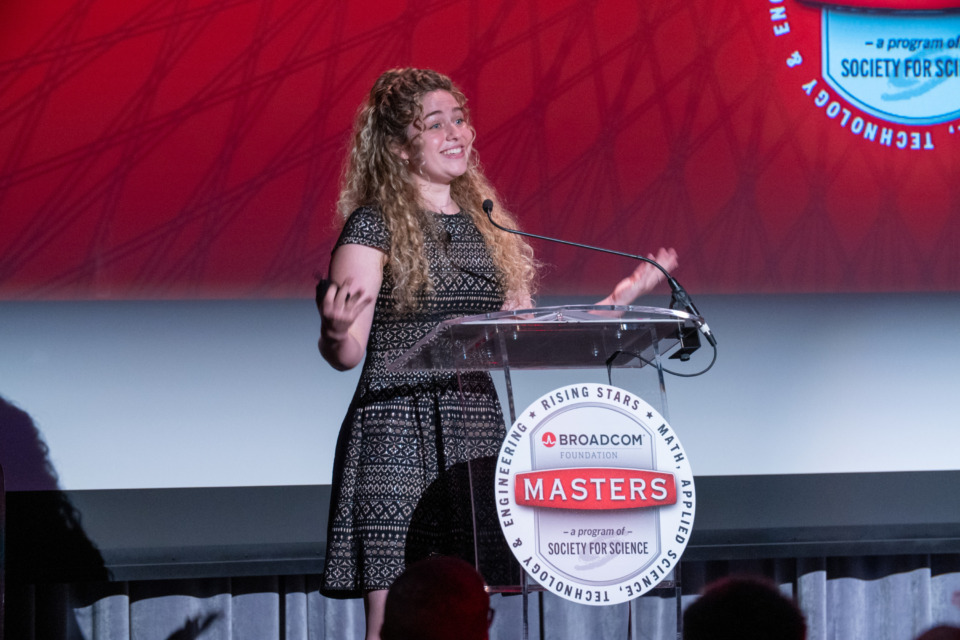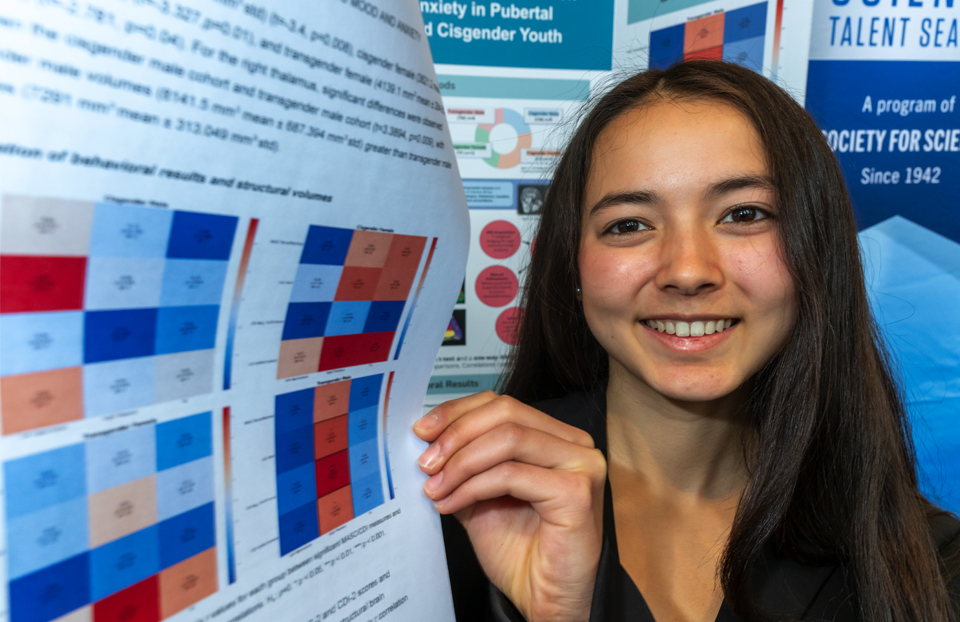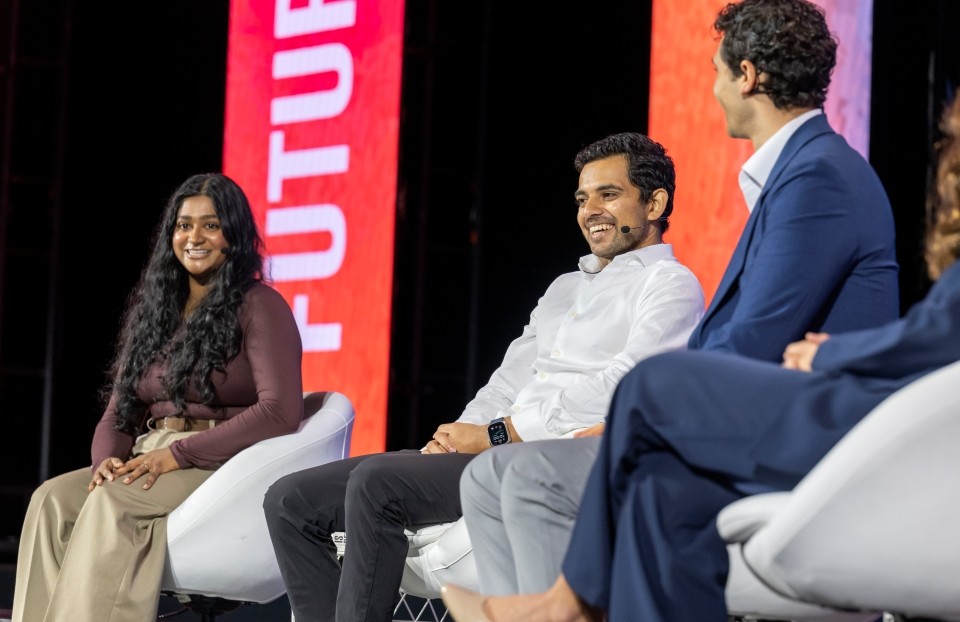The Director of National Intelligence Promotes Society Alumnus David Bray
By Caitlin Jennings, Communications Coordinator, Society for Science & the Public
David Bray (Science Talent Search 1996; International Science and Engineering Fair 1993-1995) was recently promoted, by the Director of National Intelligence, to Senior Executive for Programs and Technology with the Information Sharing Environment. As one of the youngest Senior Executives in the Federal Government, his responsibilities include strategic oversight of the technology solutions connecting defense, intelligence, homeland security, law enforcement, and diplomacy communities and appropriately protecting privacy, civil liberties, and classified information.
David joined the Centers for Disease Control and Prevention (CDC) in 2000 as the IT Chief for the CDC’s Bioterrorism Preparedness and Response Program. At 9 a.m. on September 11, 2001 he was scheduled to give a briefing to the FBI and CIA about what to do in the case of a bioterrorism attack. Obviously that meeting was rescheduled, but he continued to serve in that role as the Nation responded to anthrax in 2001, SARS, monkeypox in 2003, and other emergency events. David then earned his Ph.D. in Information Systems with subsequent post-doctorates at both MIT and Harvard before returning to government service in 2008 and volunteering to be deployed to Afghanistan in 2009.
David says his experience with Society programs, “Shaped the path I’ve been on ever since.” When he attended ISEF in 1993, he felt like a “small fish in a really big pond.” The experience motivated him to continue his work making environmental computer simulations of potential events, such as oil spills in the Chesapeake Bay and the Gulf of Mexico. For STS, he did a computer simulation of forest fires in real-time with the Institute for Defense Analyses
David says the Society’s programs helped him learn how to communicate his work and respond to questions. “Some of the most insightful questions I got were actually not from the judges,” he says, remembering people who came up to him at public day and engaged him in intensive conversations about the details of his project. Now, with his current job, he says, “People ask ‘well how do you know this might be right?’” and he can defend his answer because of the skills he learned at science fairs.


